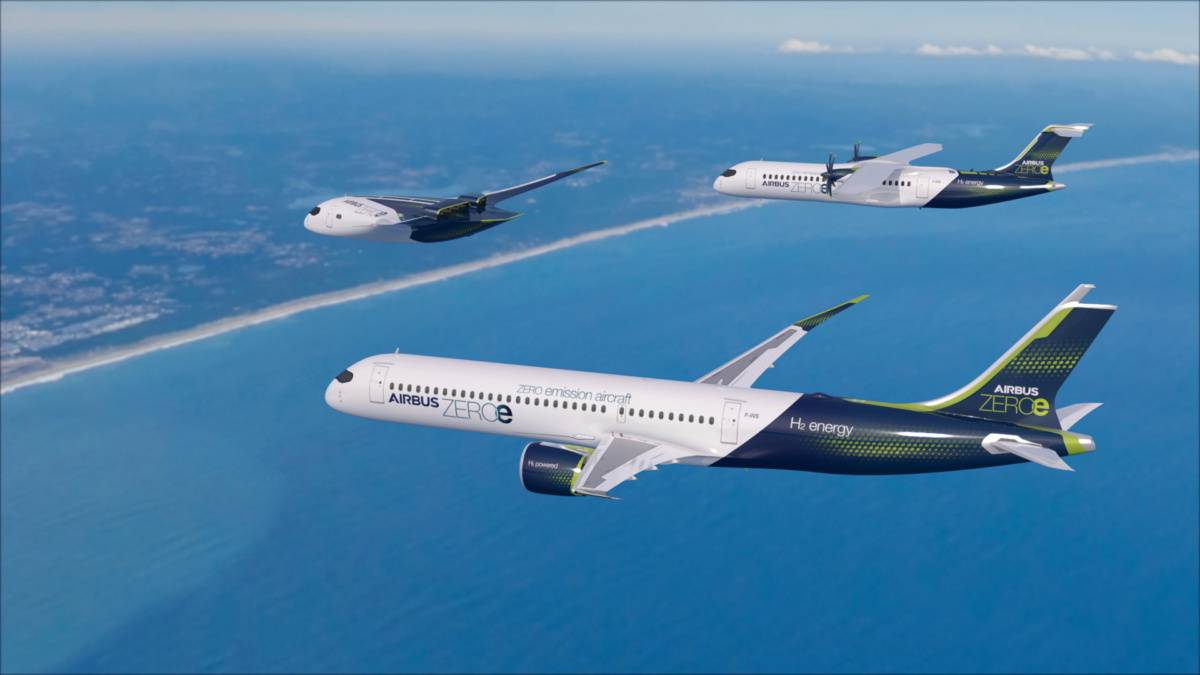Ananda
The Bunker Group
Yeah, I put it as I don't see any other options for Boeing on this decade to catch up in the middle of the market with Airbus, asside making 737-10 with 4000+ miles range. It will be still less that A321 XLR, but 500-600 miles short perhaps can still be acceptable for Boeing narrow body users, rather than build new support and training if they have to move to Airbus.Boeing users will be more reluctant to switch but may have no choice as a Boeing NMA isn’t happening anytime soon and a 4500-5000 mile range 737(?) won’t be much sooner to market if at all.
Whatever the new design they can come out, it'll be available in the market at the end of Decade at soonest. Unless they tinkering with MAX range, they have to let go this decade narrow body market lead to Airbus.
Speaking of new concept:

Airbus Reveals Three Stunning Concepts For Zero Emission Aircraft
Airbus put three concept of zero emissions Airliners. Two are conventional design of narrow body jet and turboprop. While the third one blended wing design.
For me, the challenge is not in the design, but how to attract Industry to move for Hydrogen. It will be a very expensive effort to change global fuel infrastructure to Hydrogen.
At the meantime making an eco-friendly Jet Fuel will be more attractive to come as middle ground between costs and eco-friendly political statement.
Last edited:




